Gluten free baking by weight, using a scale and measuring each flour in grams, is more precise than measuring flour by the cup. Learning when and why you might need to weigh flour is a skill every gluten free baker will benefit from.
That's what I'm going to explain in this post so get ready to take your baking to the next level.
You do not need to bake by weight to make delicious gluten free baked goods. Yet their are recipes that will give you better results when you do.
I use cup measurements for most of my everyday baking. I also have a digital kitchen scale and a good setup (the secret) so I can easily make any recipe using weight measurements.
Here's why and when you might want to weigh your flour.
The Mystery of Gluten Free Baking
The goal is to learn to bake what you like and have everyone wanting to eat what you bake because it's so good. You want them to say it doesn't even taste gluten free.
When you start eating gluten free you have to try store bought products, gluten free mixes, different flour blends and of course bakery items. You quickly recognize what you don't like but it can still be elusive to recreate the foods you like in your own kitchen.
There are many reasons baking tastes gritty, has an after taste or unpleasant mouth feel, turns out gummy and goes stale quickly. I've written many posts on a variety of topics about gluten free baking and none of these outcomes are because the flour wasn't weighed.
In this post I'm talking about when baking by weight makes sense and when using cup measurements in just fine.
The Myth of Cup For Cup
Can you substitute any gluten free flour blend for wheat flour in a recipe?
Sometimes yes and sometimes no.
Blends called cup-for-cup or all purpose work in some recipes, just not all recipes. The skill is knowing which recipes?
There is no single gluten free flour blend that replaces wheat flour in every recipe. (If there was we wouldn't have so many flour blends to choose from.)
There are many flour blends that work in various recipes but it takes time to figure out what works in your kitchen. The fastest way to learn is to bake, make good notes and keep the recipes that work.
Does Gluten Free Flour Weigh The Same As Wheat Flour?
No. Wheat flour pretty much weighs the same no matter what brand you buy.
Not true with all the different gluten free flours and starches available. In the photo below I measured 50 grams of six different gluten free flours. Each one has a different volume, texture and density.
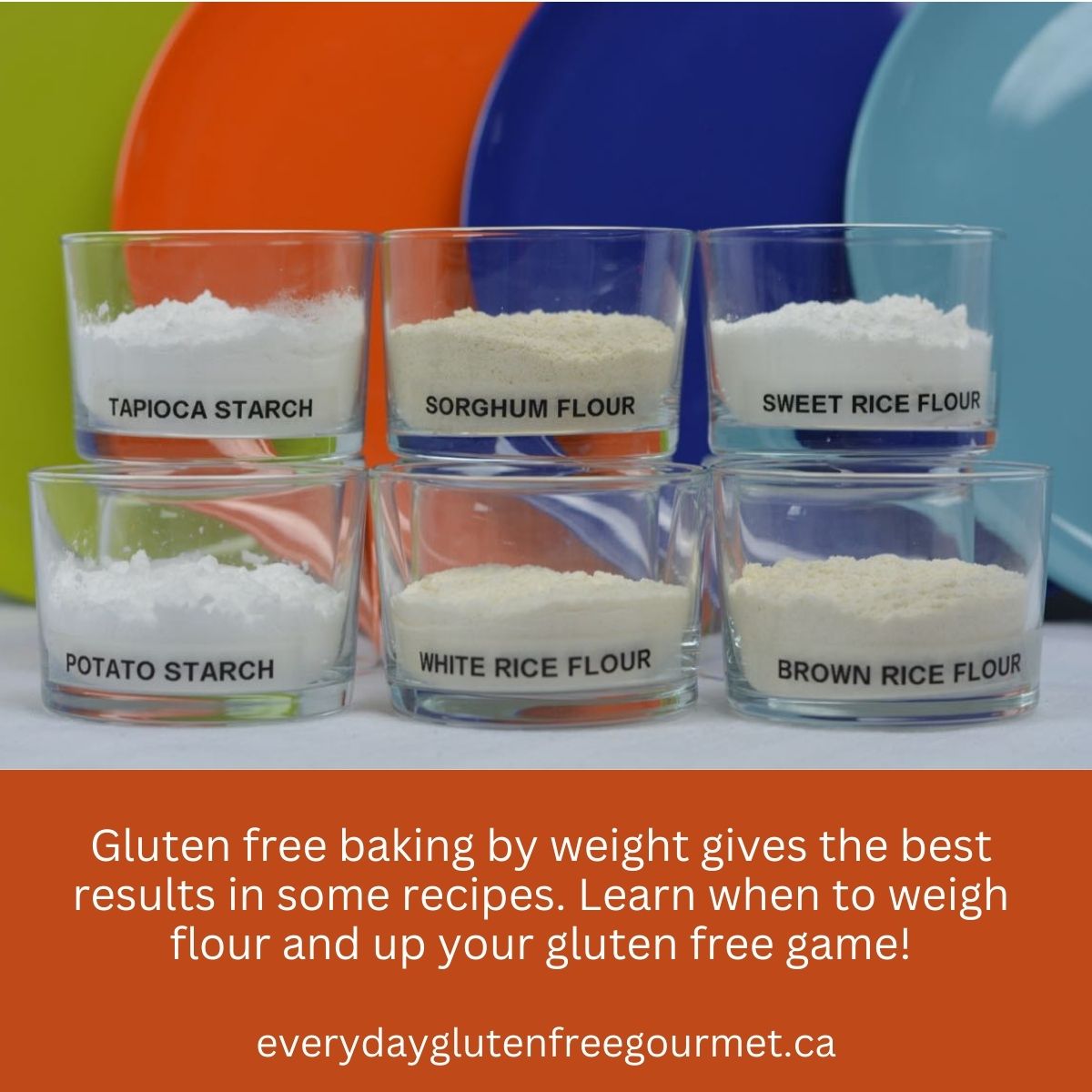
It is precisely these different properties that allow gluten free bakers to tweak their flour blends and create amazing baked goods without gluten.
Who Should Bake Gluten Free By Weight?
Is it best to bake by weight for gluten free? There's no right or wrong, it simply depends on what you're baking. Read the following two statements and see which one best describes you.
- I want to bake delicious gluten free muffins, pancakes, waffles, crepes (and a crepe cake), quick breads, granola bars, brownies, a few cookies, biscuits, cinnamon rolls and fruit crisps. Once in awhile I'd like to make Strawberry Shortcake, Yorkshire pudding, Sticky Date Pudding and flaky pastry for pot pies, meat pies, hand pies and whole pies. The recipes need to be reliable and I'll use them over and over.
- I love cooking and baking and I’m interested in all of the above. I also want to learn to substitute and tweak recipes and I'm up for the challenge of trying new recipes. I’ll search for ingredients and buy special baking pans to make what sounds interesting to me. That includes, but is not limited to, recipes like these.
| -Loaves of bread, baguettes & flatbreads | -Ethnic specialties from around the world | -Croissants, puff pastry & anything I want! |
| -Homemade pasta and pizza | -All the deep fried foods | -Melt-in-your-mouth shortbread |
| -All kinds of cookies | -Airy Angel Food Cake | -Old-fashioned family recipes |
If number 1 sounds like you all the recipes I listed can be made successfully using cup measurements. I use my EGFG flour blend measuring everything by the cup. You can do the same and many readers make these recipes with their favourite blend.
If you're more adventurous and want to bake a wide variety of things then you'll definitely want a scale.
I use my scale to weigh each flour and make this blend. Then I measure the flour by cup for everyday recipes like muffins and pancakes. For this reason I think everyone should have a scale anyway.
Baking With Cup Measurements
Finding a flour blend that works in most of your baking it a game changer. I use my EGFG blend in about 80% of the recipes I make. It was trial and error to learn that no single flour blend gives the best results in every recipe.
Eventually I wanted to have as few failures as possible with my baking yet I also didn't want to skip over recipes calling for weight measurements. That's when I organized my kitchen so I could easily grab different flours and weigh them when needed.
The Benefits of Gluten Free Baking By Weight
If you’re not convinced you need a kitchen scale here are the benefits of baking by weight.
- Weighing flour is more precise so the results are more consistent; 1 oz = 28.35 grams.
- Combining small amounts of different flours allows you to more closely mimics wheat flour for specific recipes. The best yeast breads, homemade pasta and many fancy cakes use weight measurements.
- Once you’re set up for baking by weight it’s easier! When I make a quadruple batch of gingerbread cookies during the holidays using the weight measurements is faster.
- You never have to pass over a recipe that interests you so you really can make anything you want gluten free.
For easy reference print this Gluten Free Flour Conversion Chart and tape it to the inside of a cupboard door in your kitchen to refer to when needed.
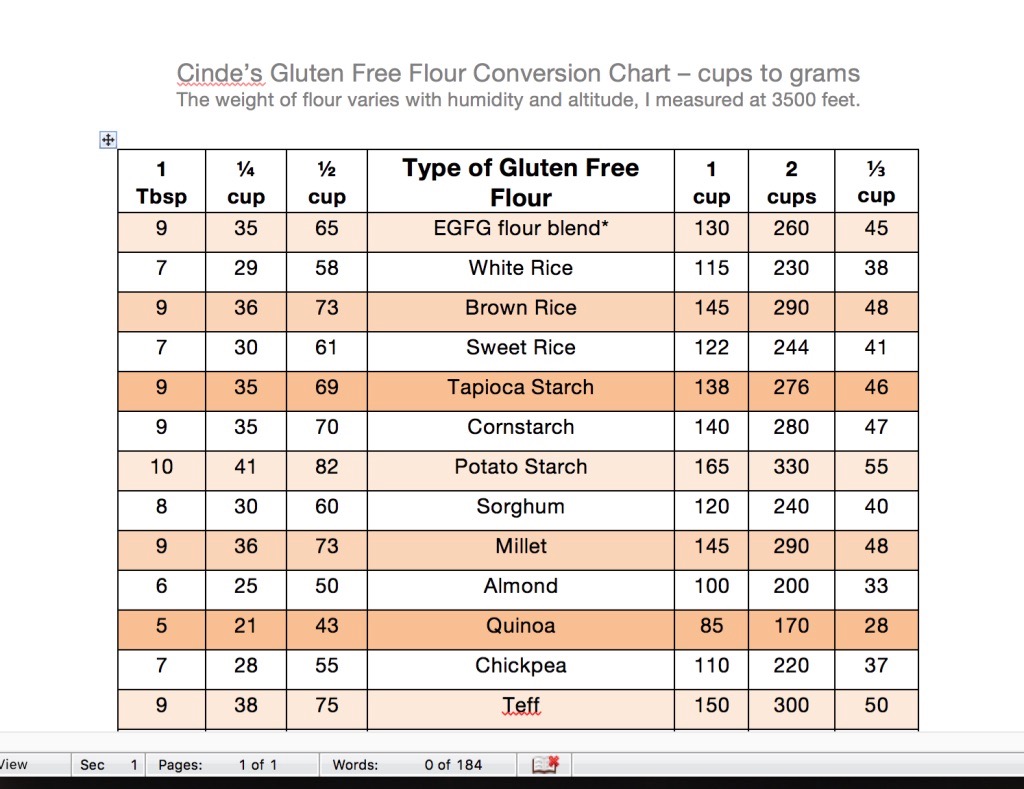
Organizing to Weigh Gluten Free Flour on YouTube
In this YouTube video I'm making my EGFG flour blend. Skip ahead to the 6 min 23 second mark to see how I organize it all.
Never under estimate the value of getting organized.
Buying A Digital Kitchen Scale
These are the features I like in a digital kitchen scale.
- Flat surface to accommodate different sizes of dishes.
- Adjustable settings to weigh in pounds, ounces, kilos and grams.
- Tare button to zero the scale after setting a dish on it.
- Large digital display to easily read at a glance.
Whether you bake by weight or by cup I hope you’re inspired to keep baking and learning. Let me know in the comments below what you learned or what you wish you knew sooner.
Originally posted January 2017, updated April 2023.
__________________________________________________________________________
New here? Subscribe and get your FREE resource, the tips I wish I knew when I started cooking gluten free.
Looking for more help with gluten-free cooking? Check out our Cooking Classes.
_________________________________________________________________________
More Resources for Gluten Free Bakers
Here are more helpful resources to help you with gluten free baking.
- Downloadable Gluten Free Flour Guide
- 11 Gluten Free Flour Recipes
- Gluten Free Flour Conversion Chart
- 12-part series on flour starting with How To Use Rice Flour In Gluten Free Baking. You'll find links to all 12 posts at the bottom of every one as well as a YouTube video on the topic.

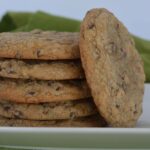
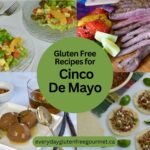
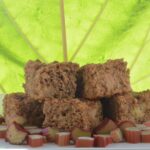
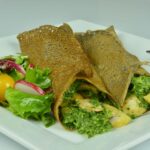
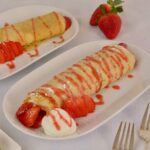

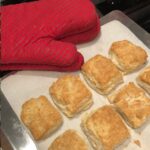
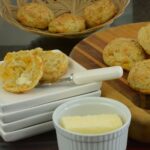
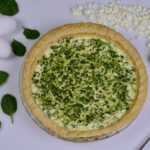
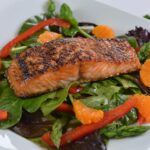
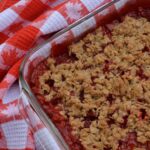
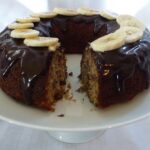

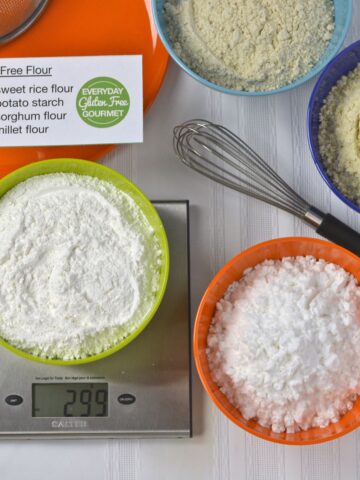
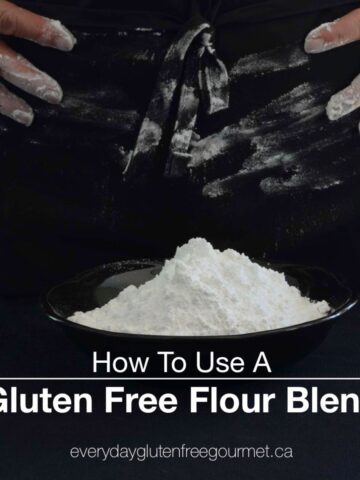
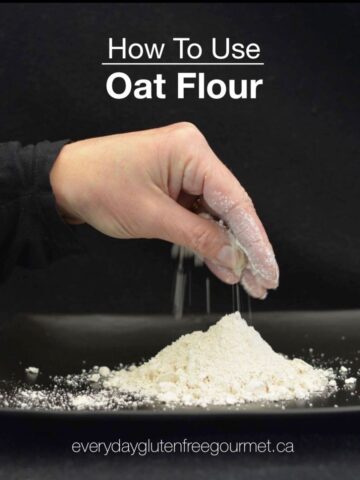
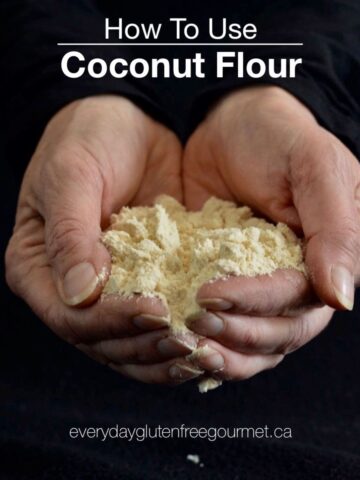
Leave a Reply